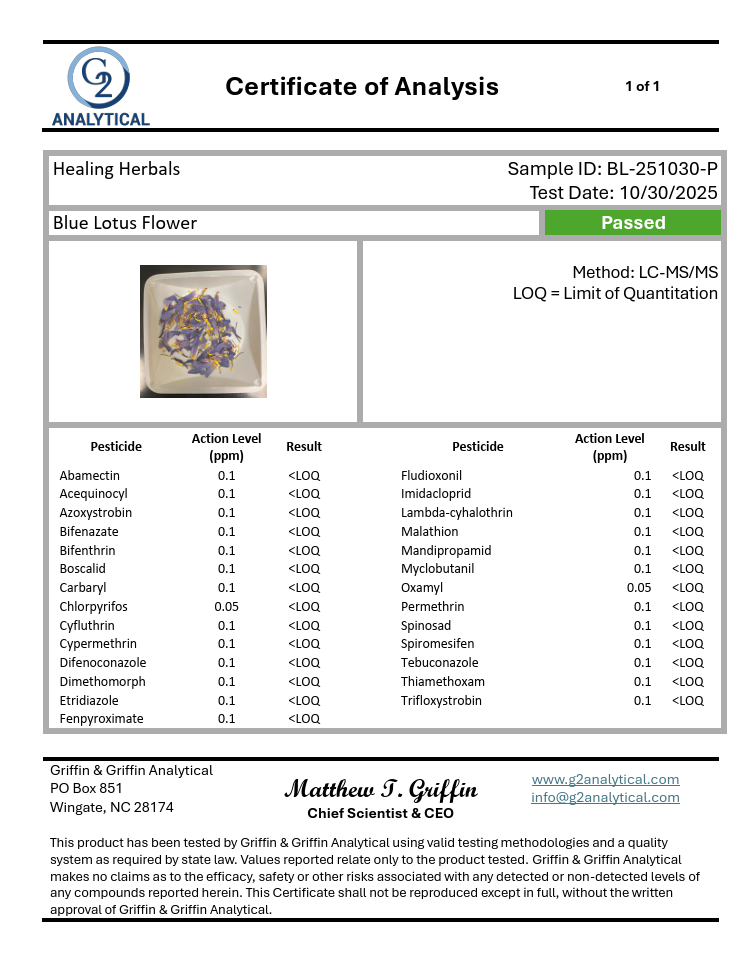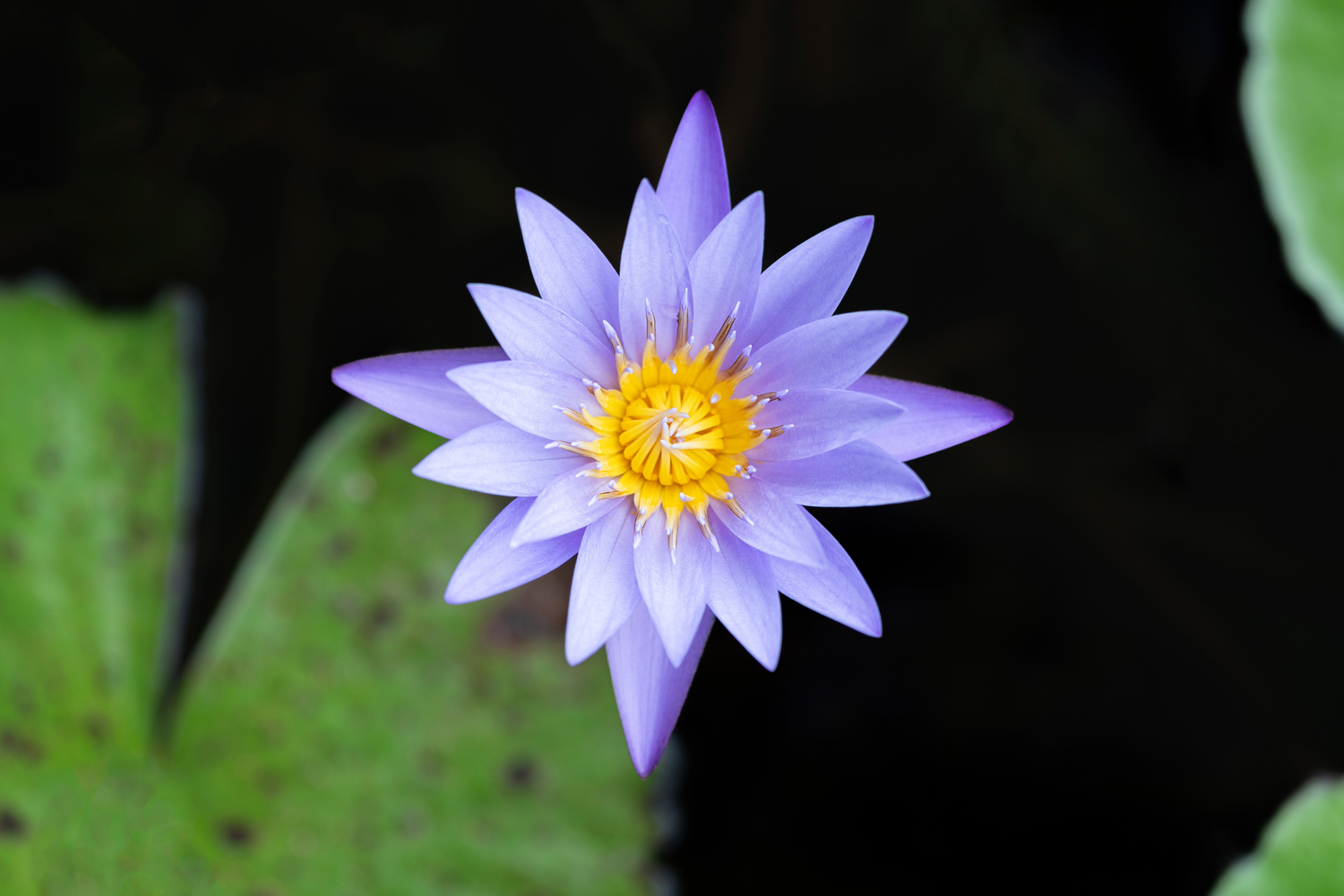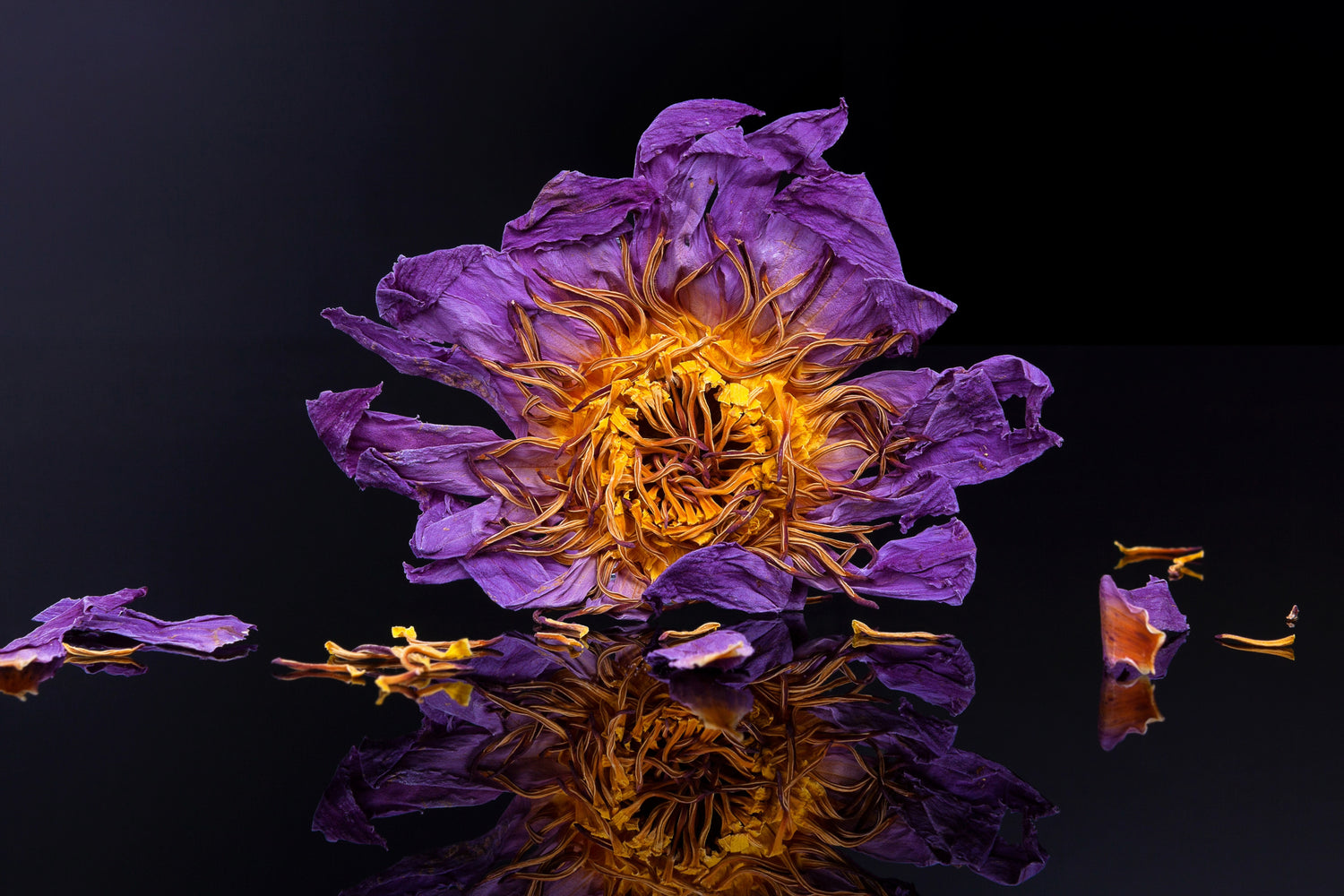
Healing Herbals
Blue Lotus with Stems
Blue Lotus with Stems
Couldn't load pickup availability
Premium Dried Blue Lotus with Stems (Nymphaea caerulea)
Product Description
Our Blue Lotus with Stems (Nymphaea caerulea) is carefully harvested from Sri Lanka and naturally dried to preserve its delicate nature. The presence of stems gives it a balanced profile, offering a more intense, full-bodied tea experience with soft floral and earthy undertones.
History
Blue Lotus is steeped in history, most especially well respected in ancient Egypt when it was believed to be a sacred flower. It has been greatly prized for ritual use, meditation, and symbolic inclusion in offerings, and therefore it is a plant that is of historical and cultural significance.
Usage Preparation: Steep 1–2 teaspoons of dried flowers and stems in hot water for 5–10 minutes. The infusion pairs well with other botanicals such as chamomile or lavender for a soothing herbal tea.
Ingredients: 100% Blue Lotus with Stems (Nymphaea caerulea)
Note: This product is intended for botanical use only. Blue Lotus is generally legal throughout most regions, but we recommend checking your local laws.
FDA Disclaimer: These assertions have not been scientifically reviewed by the Food and Drug Administration. This product is not intended for diagnosing, treating, curing, or preventing any disease.
Share



Blue Lotus and Quality
Healing Herbals works closely with small family lotus farms and through sustainable and ethical sourcing of Nymphaea caerulea. Our sources always grow organically, avoiding heavy synthetic fertilizers. Our blue lotus flowers come from well-managed farms or sustainably maintained wild ecosystems on private lands.

History of Blue Lotus
Blue lotus, or Nymphaea caerulea, was highly valued in ancient Egypt, appearing in art, jewelry, and temple carvings. Its striking blue flowers symbolized the sun, creation, and rebirth, and it was often included in religious ceremonies along the Nile. The plant’s presence in tombs and artifacts highlights its cultural and spiritual significance throughout Egyptian history.
Over the last 2 thousand years this flower has been cultivated, bred and ecologically diversified to include several known cultivars and varieties including the Purple Thai, Egyptian Blue, and other subvarieties.


